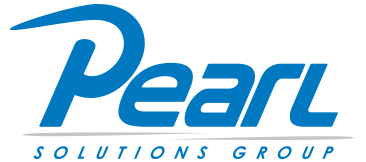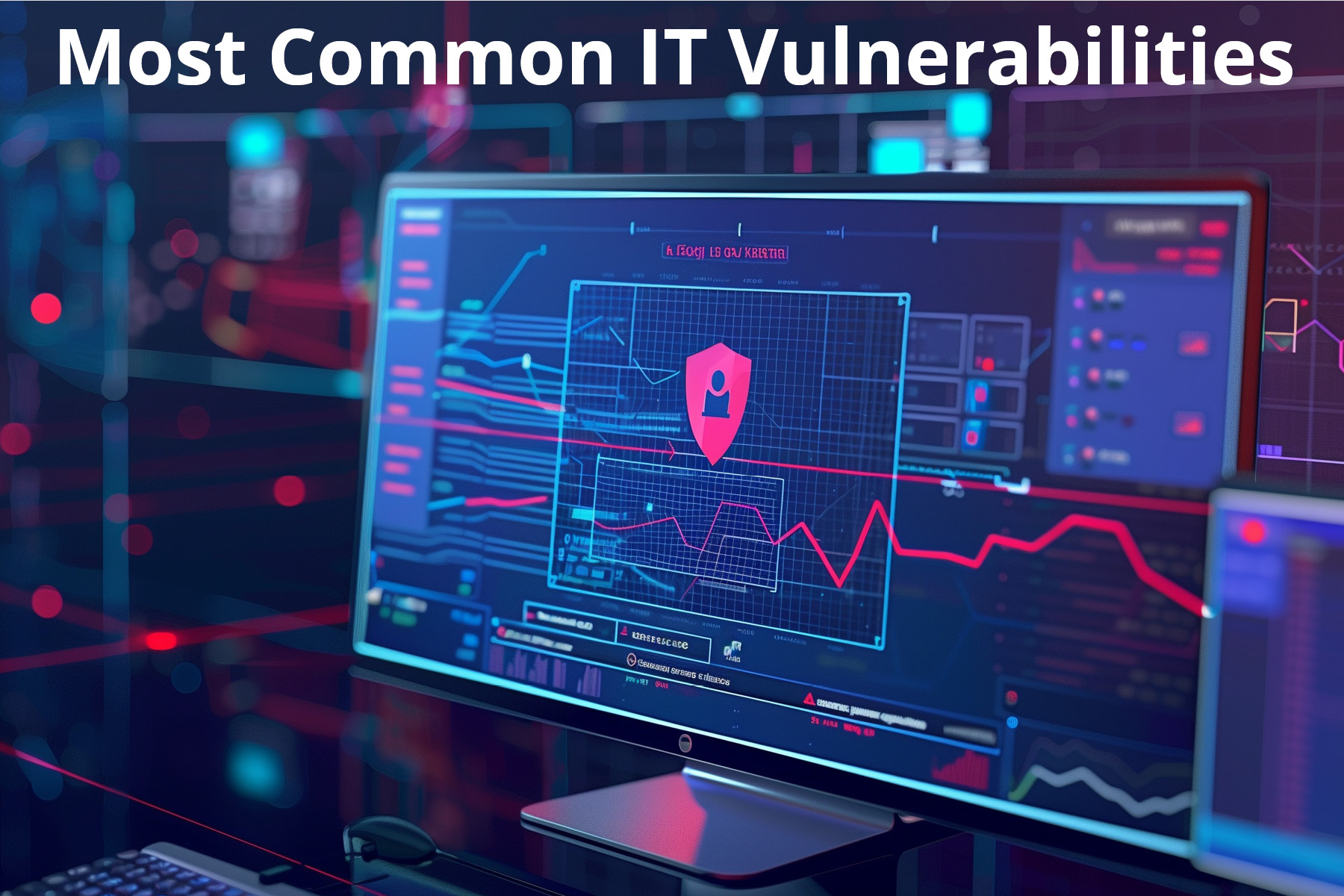There are a few common IT vulnerabilities we see over and over again when we do risk assessments. Let’s break down the top five and how to avoid them.
1. Unpatched Systems: Imagine you bought a fancy new car but never took it for a service. Eventually, it’s going to break down, right? The same goes for your IT systems. Regular updates and patches fix vulnerabilities that hackers love to exploit. If you’re running outdated software, it’s like leaving your front door wide open. Typically, a Managed Services Provider will be on top of updates and patches for every asset, making sure you don’t get caught unaware.
2. Weak Authentication: Using “password123” or “admin” for your accounts? We can almost guarantee someone within your business is doing that or worse! Weak passwords and poor authentication practices make it easy for cybercriminals to break in. Two-factor authentication (2FA) adds an extra layer of security, making it much harder for hackers to access your systems. It’s critical you ensure everyone is using strong, unique passwords for different accounts and enable 2FA wherever possible. Implementing a password manager can help everyone create and keep track of them all.
3. Lack of Access Controls: Not everyone in your company needs access to all your data. Without proper access controls, you’re risking unnecessary exposure. Think of it like giving everyone in your office a key to the safe—it’s just not smart. Make sure your IT team or partner implements role-based access controls (RBAC). This means only the right people have access to sensitive information based on their role in the company.
4. Insufficient Logging and Monitoring: If you’re not keeping an eye on what’s happening in your IT environment, you’re missing out on crucial clues that something might be wrong. Logging and monitoring help you detect suspicious activities early, so you can take action before things get out of hand. Set up comprehensive logging and monitoring systems. Regularly review logs and alerts to spot any unusual activities.
5. Weak Mobile Device Security: Most businesses have staff using their mobile devices to access to software or tools connected to your infrastructure so protecting smartphones and tablets is just as important as securing desktops and laptops. Weak mobile security can give cybercriminals an easy entry point into your network. Use mobile device management (MDM) solutions to enforce security policies on all mobile devices. Encourage employees to use secure Wi-Fi connections and keep their devices updated.
By addressing these common vulnerabilities, you can significantly enhance your IT security and protect your business from potential threats. Remember, cybersecurity doesn’t have to be complicated. Need help tightening up your IT security? Our team is here to support you every step of the way. Reach out to us today, and let’s make sure your business is secure from top to bottom!




